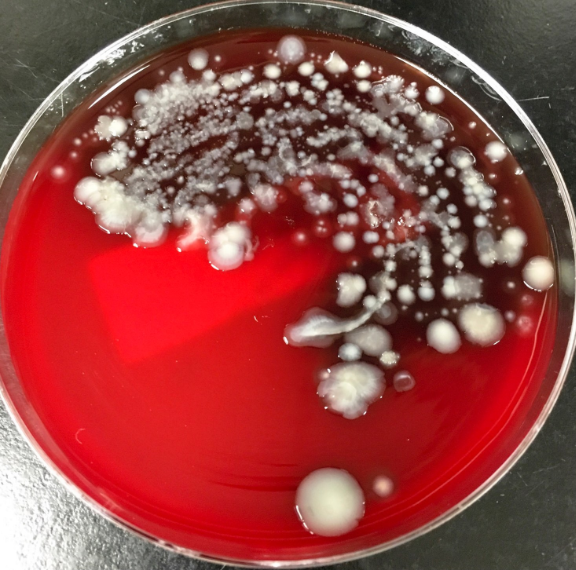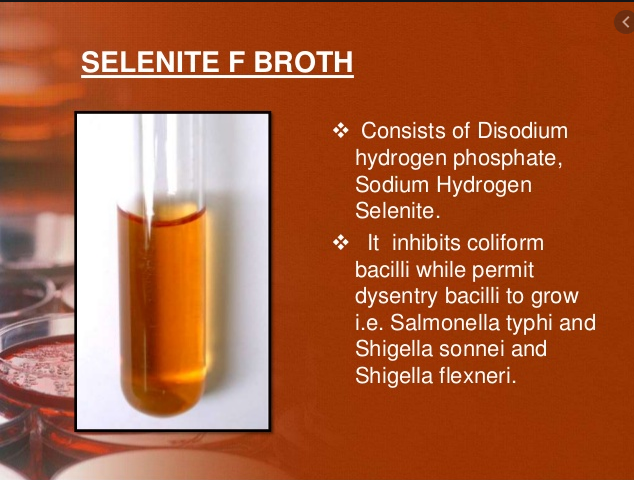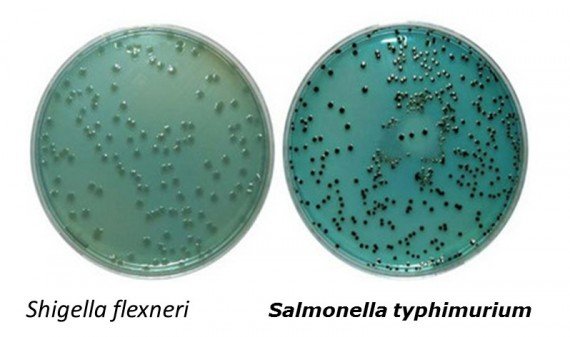Practical Microbiology: Stool Cultures
Handling stool specimens may not be fun, and I don't need to go into the details. The cultures, on the other hand, are rather straight forward. It's another method to detect diseases in a patient. Note the culture mentioned here is different from the surveillance cultures for stool. It all comes down to what the clinicians are looking for.
Often, stool cultures can help detect possible outbreaks of Salmonella. The health department could then start looking for the source of the problem.
The key genus of organisms to look for are:
Salmonella
Shigella
Vibrio
Aeromonas
Plesiomonas
Campylobacter
Media
At my work, we employ the following media to aid pathogen identification:
- SBA (sheep blood 5%)
- SS Chrome (Salmonella/Shigella agar from Hardy)
- HE (Hektoen enteric)
- Campy (Campylobacter agar)
One might ask, but what about the TCBS for Vibrio species? I would like to remind everyone that Utah is a landlocked state. The lab uses oxidase test on colonies growing on the SBA to root out possible Vibrio species. They are uncommon and are usually result of acquired infection during travels.
Workflow
The SBA

Source
We start off by looking at the colonies grown on the SBA. The key is to look for GNB (gram negative bacillus) colonies. An oxidase test would help distinguish between normal enteric flora and possible pathogens. BD's oxidase dry slides are our go-to kit.

Source
If oxidase positive, the organism is then identified through MALDI-TOF method. The result will determine whether or not we need susceptibility testing. We are looking for Aeromonas, Plesiomonas, and Vibrio at this stage.
In the case where there are no GNBs growing, the lab forwards that finding through callbacks. That's usually not normal.
The SS Chrome
We are looking for black and clear (sometimes green tinge) colonies. The same MALDI method help us identify the bacteria. Sometimes, other germs such as Pseudomonas, Citrobacter, etc can pose as pathogens. The point is to rule out or confirm the existence of Salmonella and Shigella.
 Source
SourceOn a technical level, the MALDI cannot distinguish between Shigella and E. coli. Therefore, susceptibility testings (usually through MicroScan) help differentiating between the two. In all other cases, it's easy to tell those two organisms apart due to other biochemical tests and media.
The HE
Before we inoculate the HE agar, the specimen incubates in Selenite broth. It's a selective process that would amplify the pathogens we are looking for.

Source
Here, we are looking for black and green colonies again. This is another place where we could find Aeromonas and Plesiomonas. They could grow alongside of Salmonella/Shigella species. The same red herrings, identification work, etc. from the SS Chrome apply here.

Source
The Campy
The media needs to be under anaerobic conditions. The lab uses oxidase test, followed by MALDI-TOF to identify Campylobacter species. No susceptibility tests needed for this particular workup.
 Source
SourceOther things to look for
Report overgrowth of S. aureus, P. aeruginosa, B. cereus, or yeast. They aren't issues in small numbers compared to other germs. When they are predominant, they are most likely the cause of patient's illness.
The expected turn around time for stool cultures is about 2 days. The lab sends a sample of every pathogen isolated to the state health department.
!discovery 35
This post was shared and voted inside the discord by the curators team of discovery-it
Join our community! hive-193212
Discovery-it is also a Witness, vote for us here
brings back the memories of my microbiology practical.
It can be fun. It’s too bad that a lot of clinicians don’t have enough discipline in them unless they specialise in infectious disease.
Very interesting stuff.
I'd be kind of afraid to handle pathogens. I'm sure there are safety procedures of some type though, and maybe those culture dishes are relatively isolated. Bacteria don't seem to be able to move very far very quickly to me at least. It's amazing how a little bit of the right kind of bio slime can mount a possibly lethal attack against a person.
What are surveillance cultures for stool, by the way?
Surveillance cultures are usually looking for heavily resistant enteric organisms, among other things.
Often, they come from surgery.
This post reminds me of the episode of Scrubs that was all about poo and how much you can learn from it. Nice write up!
Thanks!